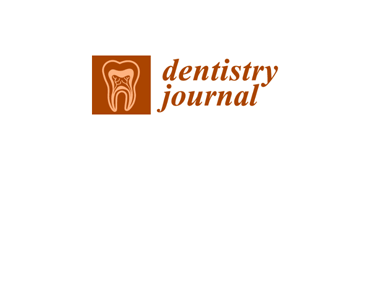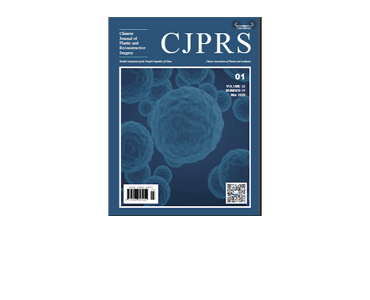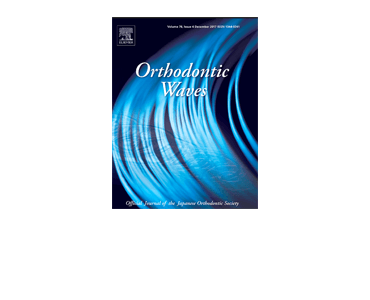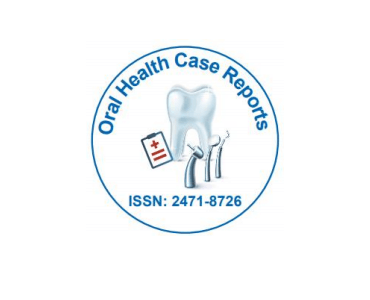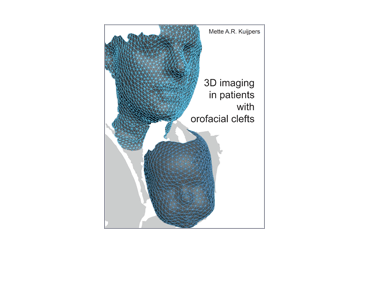Smile dimensions in adult African American and Caucasian females and males. NM Souccar, DW Bowen, Z Syed, TA Swain, CH Kau, DM Sarver.
Date: May 2019. Source: Orthodontics & Craniofacial Research. https://doi.org/10.1111/ocr.12278. Objective: To test smile dimension variations in adult African American and Caucasian females and males. Setting and Sample Population: The University of Alabama at Birmingham School of Dentistry and Hospital. Three hundred and ninety‐four participants were recruited; African American females and males distributed over five age…


